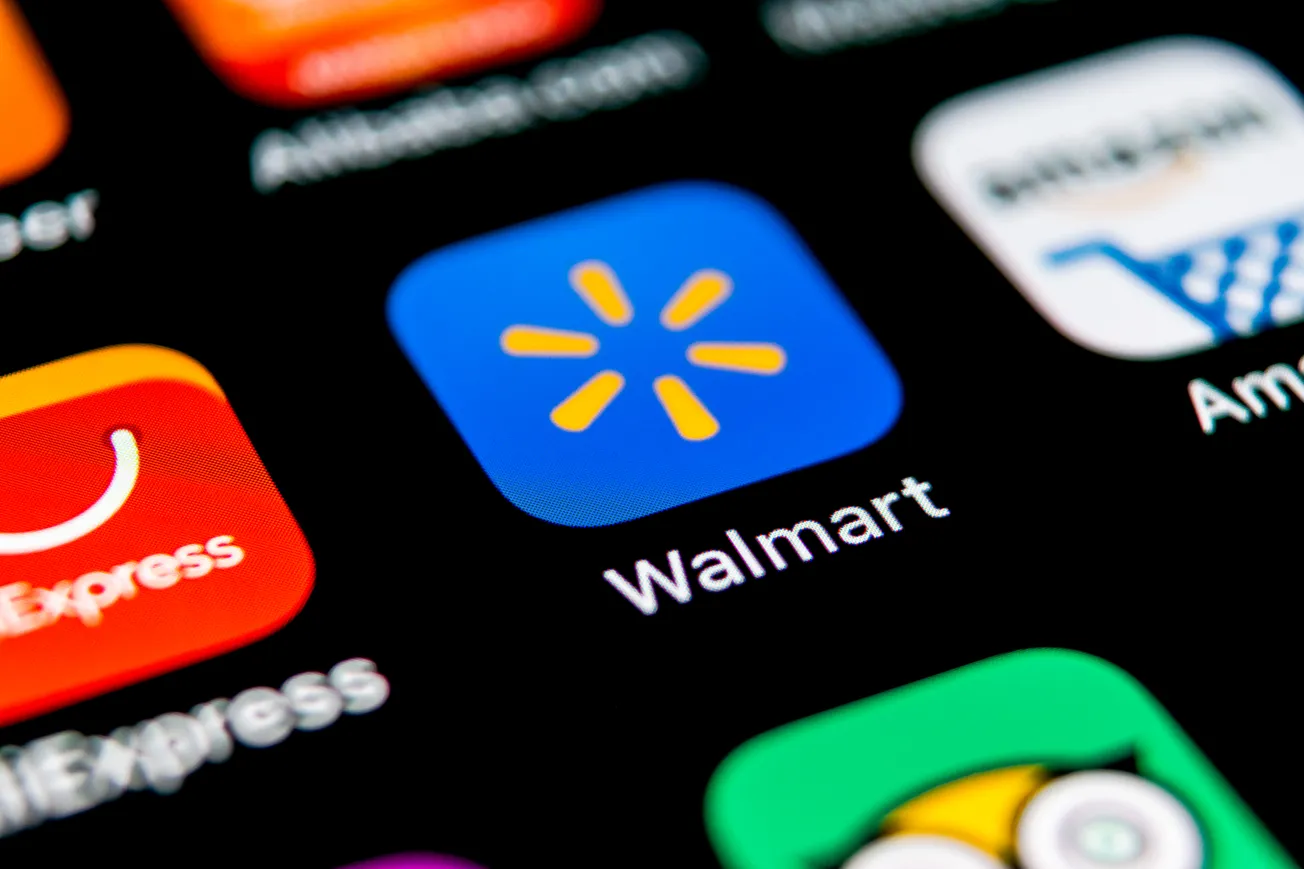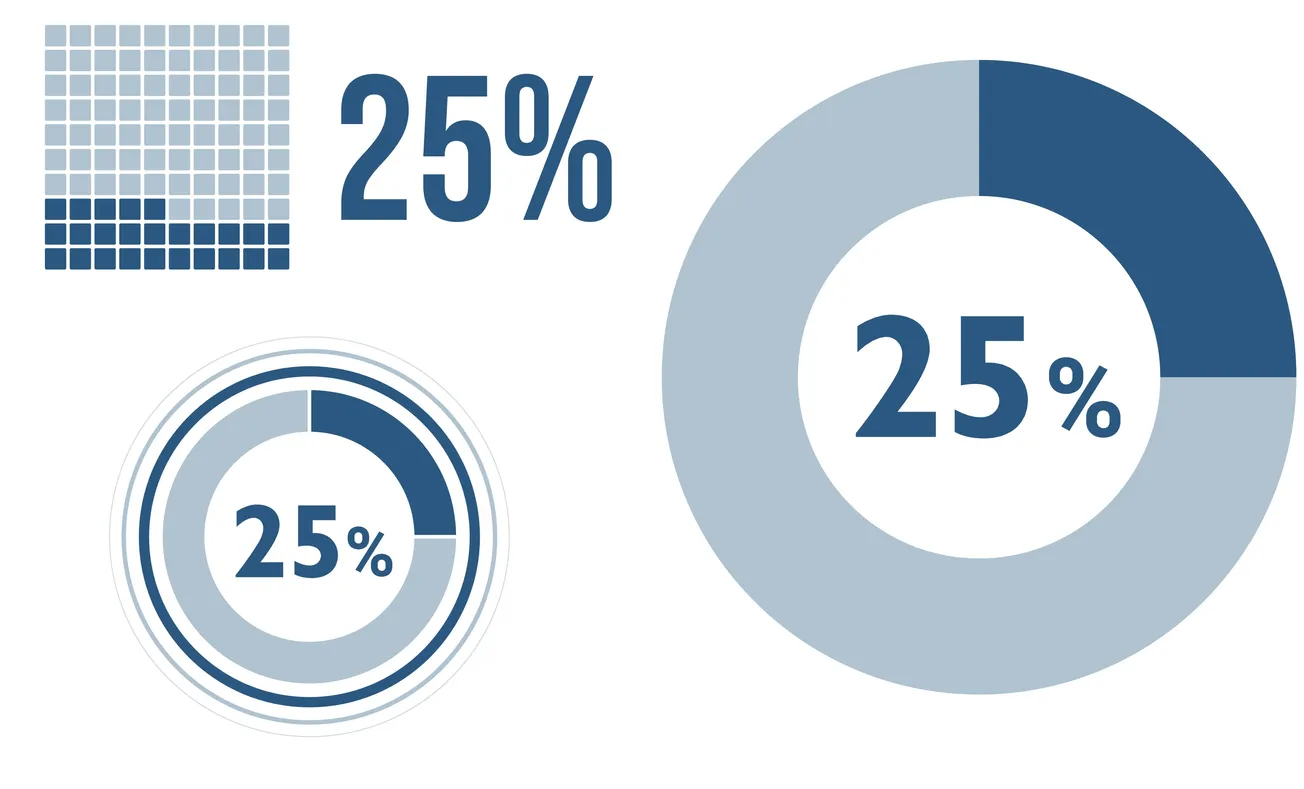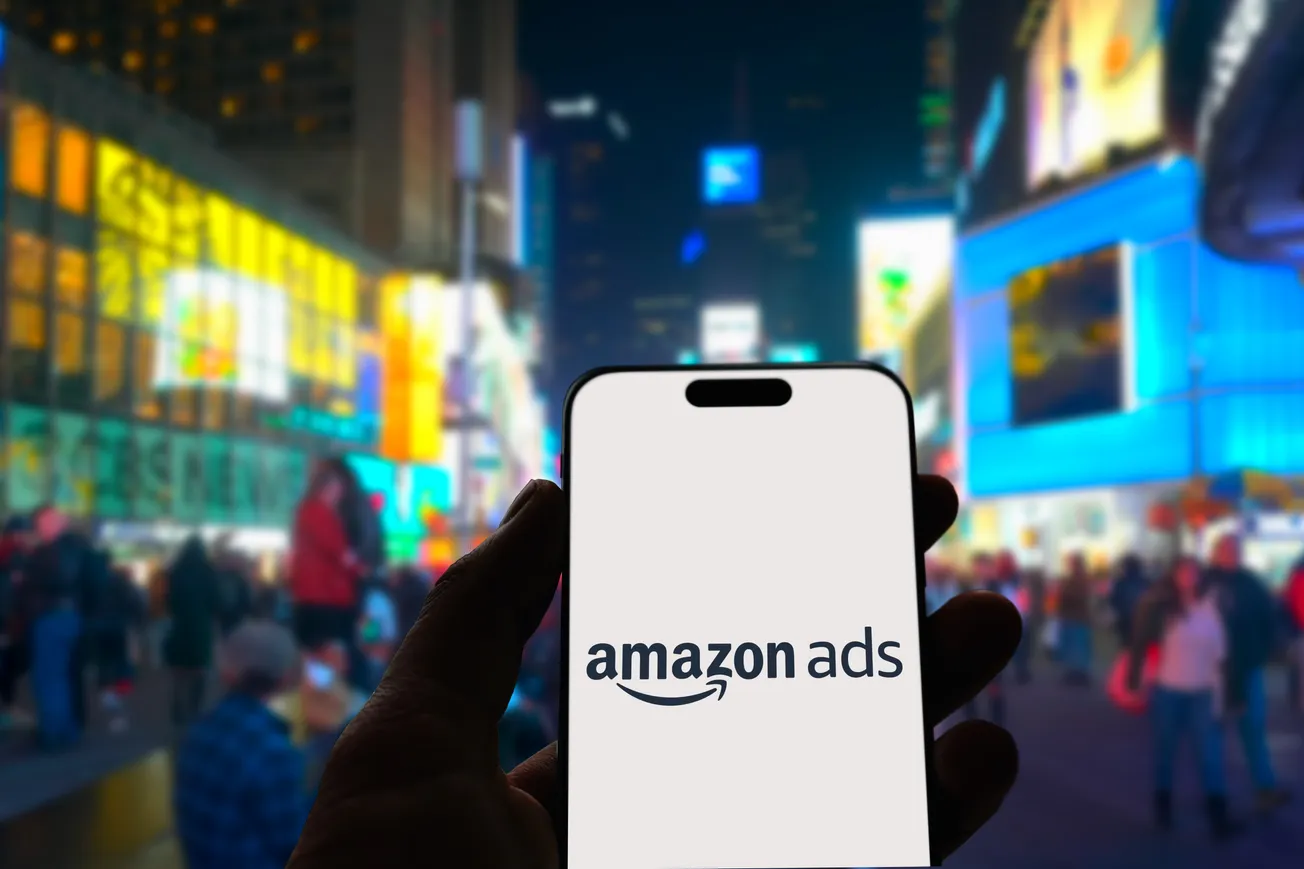A generation raised on smartphones, social media, and instant access to digital marketplaces, it is widely assumed that Generation Z prefers online shopping over in-store retail.
Or maybe not, according to new data.
L.E.K. Consulting says that, despite their digital fluency, Gen Z values the tangible and social aspects of in-store shopping, particularly when it comes to products where quality assessment, authenticity, and immediacy play critical roles.
While Gen Z certainly embraces digital tools for product discovery and brand interaction, they are also more likely than older generations to shop in-store for key product categories such as beauty, luxury, groceries, and home goods.
The gap between perception and reality stems from a combination of factors, including the prominence of digital engagement metrics, the rise of social commerce, and the retail industry’s own online-first strategies.
Hidden In-Store Preferences of a Digital Generation
The L.E.K. study found that nearly two-thirds of Gen Z consumers prefer shopping in physical stores over online platforms, a higher percentage than millennials, Gen X, and baby boomers.
This preference is not simply about avoiding shipping fees or delays but is deeply tied to experiential expectations. Gen Z views shopping as a sensory and social activity, one that extends beyond transactions into brand immersion and real-world engagement
Despite this, the perception that they overwhelmingly favor online shopping persists.
Much of this stems from the way their digital interactions are measured. Unlike in-store visits, which are difficult to track, online behaviors leave behind data trails—clicks, likes, abandoned carts, and purchase histories—that are easily quantified.
Retailers and analysts often mistake these data points as evidence of an online-first preference, overlooking the crucial role that brick-and-mortar shopping plays in Gen Z’s consumer journey.
Why Gen Z Prefers Certain Purchases In-Store
The assumption that digital convenience always wins over physical experiences does not hold true across all product categories. Gen Z gravitates toward in-store shopping for beauty, luxury, groceries, and home goods, each for specific reasons.
When it comes to groceries and essential goods, Gen Z defies expectations by showing a strong preference for in-person shopping.
Surveys indicate that 86% of Gen Z consumers still buy their groceries at physical stores. The immediacy of picking up fresh produce, the ability to compare brands in real-time, and the avoidance of delivery fees and wait times all contribute to this trend. The rise of hybrid models like curbside pickup and in-store order fulfillment has further solidified Gen Z’s connection to grocery retail.
A significant percentage of Gen Z shoppers prefer to buy cosmetics, skincare, and personal care items in-store rather than online. The ability to test shades, feel textures, and consult with beauty experts makes physical retail an essential part of their purchasing process.
Retailers like Sephora and Ulta have capitalized on this by offering interactive experiences, including AI-powered skin tone matching and product sampling stations. While influencer recommendations and social media trends influence their purchasing decisions, Gen Z still wants to try beauty products firsthand before committing to a purchase.
Luxury shopping follows a similar pattern. While online platforms have made high-end fashion and accessories more accessible, Gen Z is four times more likely than baby boomers to purchase luxury goods in-store.
The appeal lies in the curated retail environments, brand authenticity, and the immersive experience that luxury boutiques offer. The assurance of purchasing genuine products, the personalized service, and the prestige associated with in-store luxury shopping make it a preferred choice over the uncertainty of online orders.
Home and garden products also fall into this category. Gen Z shoppers want to see, touch, and assess furniture, decor, and home improvement items before buying them.
Unlike older generations, who might rely more on online reviews and descriptions, younger consumers prefer the confidence of an in-store visit where they can gauge product quality and suitability in person. IKEA, Home Depot, and other large retailers continue to thrive among Gen Z shoppers who value both physical browsing and digital convenience.
Social and Psychological Factors
Beyond practical concerns, Gen Z’s affinity for in-store shopping is driven by deeper social and psychological factors.
Shopping in physical stores is often a communal activity, done with friends or family, making it an experience rather than just a transaction. According to a survey by Faire, 34% of Gen Z consumers turn shopping into a full-day activity, and 32% specifically enjoy shopping in groups. Unlike previous generations, who may have prioritized efficiency, Gen Z values the social connection and sense of discovery that comes with browsing in person.
Financial considerations also play a role. Gen Z is a budget-conscious generation, shaped by economic uncertainty and rising living costs.
Many believe they spend more wisely when shopping in-store, where they can compare prices in real time and avoid impulse purchases driven by online algorithms and targeted ads. A significant portion of Gen Z adults express greater confidence in their in-store purchases compared to online buys, reinforcing the idea that physical retail offers a sense of control over their spending habits.
Why The Disconnect on Gen Z?
The notion that Gen Z prefers online shopping persists for several reasons.
First, e-commerce giants and digital-first brands have heavily marketed the convenience of online retail, reinforcing the assumption that younger generations are moving away from physical stores.
The pandemic further accelerated this belief, as online shopping became a necessity rather than a choice. However, as restrictions were lifted, Gen Z returned to physical stores at higher rates than expected, revealing their enduring preference for in-person shopping experiences.
Additionally, many retailers have focused their investment in digital engagement, leading to an overrepresentation of online shopping behavior in consumer reports.
Because Gen Z interacts with brands online through social media, digital advertising, and influencer culture, their purchasing behaviors are often conflated with their digital engagement.
But engagement does not always translate to final purchase decisions. Many Gen Z consumers use online platforms for research and discovery, only to complete their purchases in-store where they can see and experience products firsthand.
The Future of Gen Z Shopping
Retailers that recognize and adapt to Gen Z’s in-store preferences will be better positioned to capture their loyalty in the years to come.
As Gen Z’s purchasing power grows, the myth of their exclusive online preference will likely fade. The reality is more nuanced: they are digital natives who appreciate online convenience but also value the sensory, social, and immediate aspects of in-store shopping.
Retailers who cater to this balance—offering engaging, efficient, and immersive in-store experiences—will be the ones to thrive in the evolving retail landscape.








